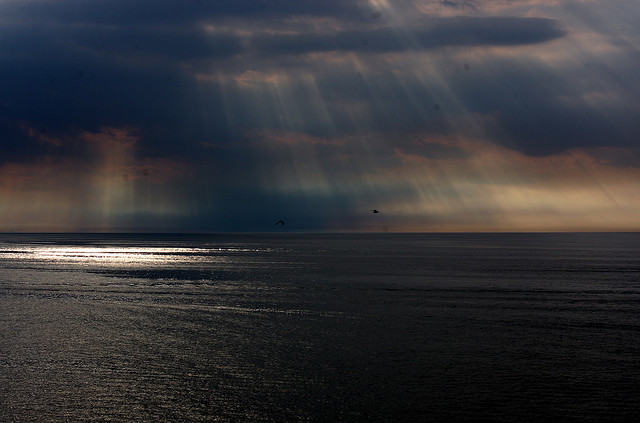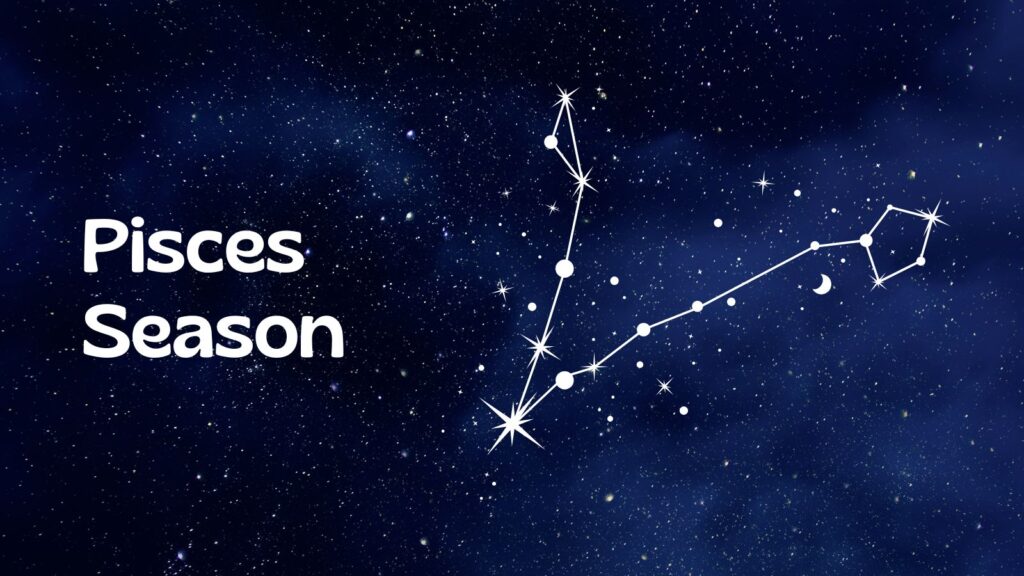The following was excerpted from a new title from Synergetic Press called “The Anthropocene: The Human Era & How it Shapes our Planet.” This book, a visionary yet pragmatic and comprehensive exploration of the biggest questions we face as a species, is the fruit of 7 years research by award winning science and environment writer Christian Schwägerl.
The Anthropocene is an anti-Apocalypse idea, par excellence; an “Apocalypse No” instead of an “Apocalypse Now.” After all, it connects the past to the future. From my perspective as a child, my future had shrunk to a virtual speck under the threat of nuclear war, whereas the Anthropocene idea expands almost to infinity. A geological epoch that stretches a mere 250 years since the start of the industrial revolution would hardly be noteworthy. The Anthropocene idea opens the horizon to the next 2,500 years or the next 25,000, if not the next 250,000. For me, the Anthropocene is like a vantage point rediscovered: It creates the prospect of a deep future, of changes for the better. If the Anthropocene consisted only of devastation and environmental destruction, we would need to fight against it and actively prevent it from happening. We would need a global “back-to-the-Holocene” movement—and fast! But if we take the Anthropocene idea seriously, it can help us shape our present behavior in a positive way. Rather than defining humanity as the destroyer of nature, the Anthropocene casts people in an affirmative, long-term role. It is neither about facing an ecological apocalypse, nor harking back to “the good old days.” It is about answering the question of what impact today’s population is having on the Earth in the years 2050, or 2500 or 25000. The Anthropocene is not a ticking time bomb, nor is it an end-of-the-world scenario: rather, it is a beginning-of-the-world scenario.
The grave threat of the Cold War strengthened the resolve of millions of people to protect the environment. I have come across people all over the world who feel this way: anti-nuclear-power protestors in Germany, anti-logging activists in Clayquot Sound on Vancouver Island, Canada, biodiversity preservationists in Africa’s Congo and rainforest conservationists in Brazil. I always come away from these encounters with positive feelings, due to people’s love for the environment and its animals and plants, as well as their concern that the next generation be able to inherit and enjoy the vast richness of life. But a negative attitude that I’ve often noticed, especially in Europe and North America, is a certain tendency toward apocalyptic views. How many times has it been claimed that “time is running out,” or if this or that doesn’t happen, it will be too late and the world will be lost forever? A particularly striking example of this is the “Doomsday Clock” that has been maintained since 1947 by the Science and Security Board of the Bulletin of the Atomic Scientist. This clock had a legitimate role during the Cold War but, since 1989, it seems as if the scientists involved have been striving to invent new reasons to keep their project going instead of donating the clock to a museum.
Doomsday rhetoric is often used with the best intentions—namely, to rouse politicians and the general public into action. But at the same time, it encourages a dangerous mindset: Doomsday thinking prevents us from imagining a long-term future.
“Apocalypse No” means believing in people and a long-term future on earth. We are not intrinsically Nature’s enemy, as many environmentalists want us to believe. Instead, we are the medium through which life becomes aware of itself and transforms into something new, in a conscious way, not undirected evolution but by “a process that reflects upon itself.”
This reflecting process has not yet matured. What our collective actions lack is long-term rationality or responsibility “to all posterity.” Short-term thinking is the currently dominant worldview as we dump our waste to alter the earth of tomorrow, change the climate with our carbon dioxide emissions, and saturate the oceans with incredibly harmful tiny plastic particles. In the Western world, a cult of “now” has sprung up, which believes little in a tomorrow or the day after tomorrow, in terms of apocalyptic doctrine. Life in the present economic system is organized as if there is no tomorrow; in any case, no morning after the end of the next quarter or the current electoral cycle.
This manifests in dreadful paradoxes. We build an increasingly complex infrastructure but at the same time increase our emissions of greenhouse gases thereby increasing the occurrence of extreme weather events. We place more and more value on personal health and longevity but destroy the biological treasure of tropical rainforests, which contain priceless medicinal plants and pharmaceutical active ingredients. We measure our lives and success in terms of money but attribute no economic value to the natural infrastructure that keeps us alive. We value instant global communication in the form of the Internet but at the same time ignore the organic communication networks of ecosystems upon which we are completely dependent.
Saying “no” to the Apocalypse not only means opposing short-sightedness but also recognizing that the huge crises and upheavals of our times offer equally great opportunities. If up to three billion more people are going to be living in cities by 2050, it means that half of the urban infrastructure has yet to be built. If energy consumption per capita increases, it will go hand in hand with massive energy system investments that could be used to help bring renewable resources to the fore. And if the demand for food rises sharply, there is a chance for alternatives to industrial agriculture to develop. So “Apocalypse No” means visualizing a new kind of future.
Quintessentially, people are learners. So why shouldn’t a planet dominated by living people not evolve well? The human race has produced the most astonishing scientists, artists, spiritual leaders and community organizers. Why shouldn’t it be possible for today’s people to overcome short-term thinking, avarice and economic mismanagement? Resourceful people fill our world with the most amazing machines. Why can’t our machines be calibrated to protect earth’s life systems rather than exploit them?
In the United States, a project designed to assist our comprehension of time is currently in the making. The “Clock of the Long Now” will tick once a year, strike every hundred years, and emit a special tone every thousand years. In the Sierra Diablo mountains in Texas, construction of a full-scale model has already begun. Presenting a longer timescale, the clock is a nice expression of “Apocalypse No.” The Long Now clock implies that we aren’t the last people on earth, nor a selected generation that will cause its collapse; instead, many generations ahead will look back at us as we have looked back at our ancestors.
“Apocalypse No” means that we are the prehistoric race “of the future.” Undeniably, there won’t just be a few tools, bones or scripts left behind by our lives, but quadrillions of objects, human-made geological signals and strata. People of the future will be able to reconstruct a very precise image of who we were and what we did for or against them.
Teaser image by Kevin Dooley, courtesy of Creative Commons license.














